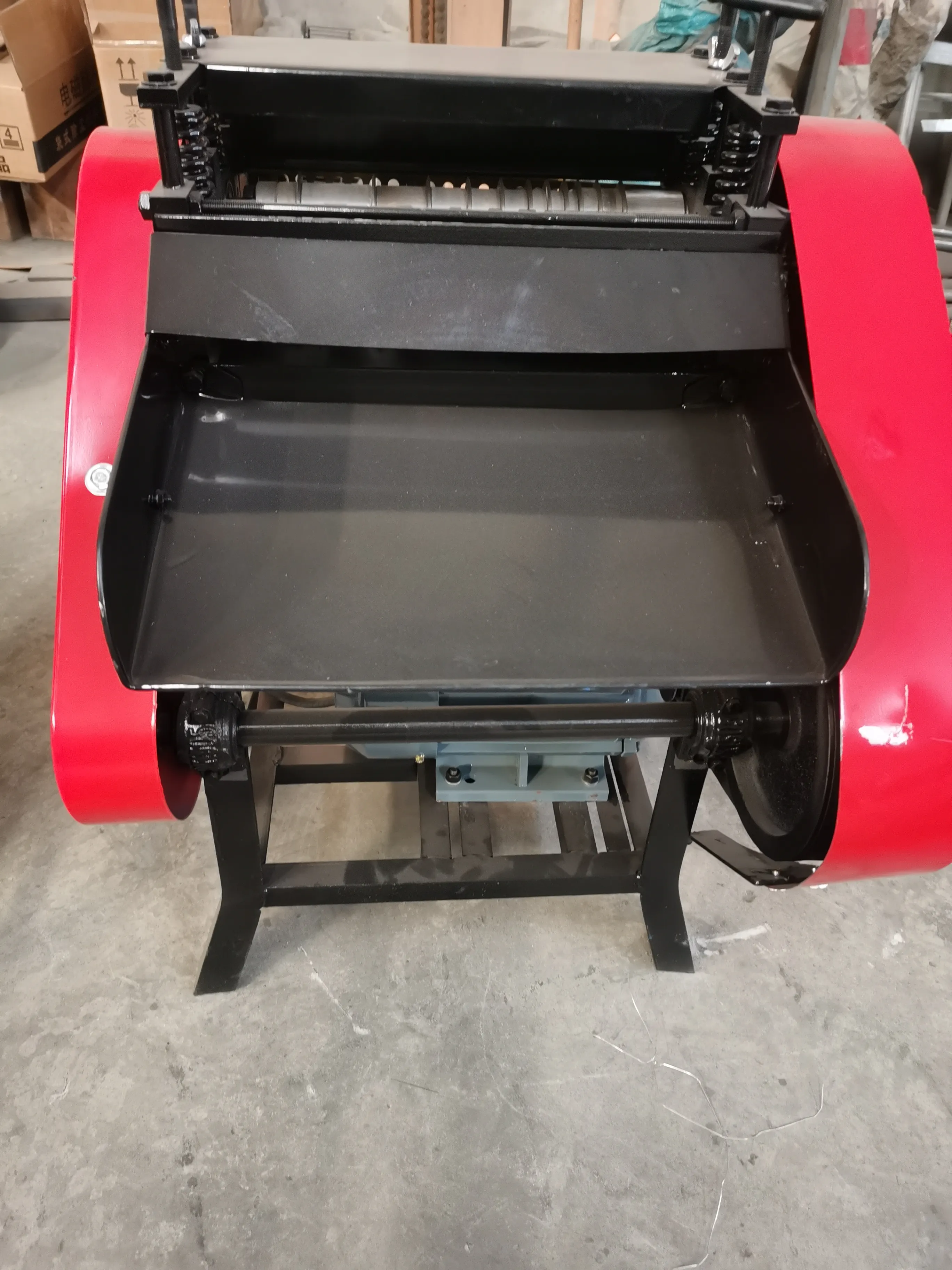

វិច្ឆិកា . 22, 2024 02:23 Back to list
Eddy Current Magnetic Separator Principle and Applications
Eddy current magnetic separators are innovative devices designed to separate non-ferrous metals from other materials using the principles of electromagnetism. These separators play a crucial role in various industries, including recycling, mining, and waste management, by efficiently extracting valuable metals from mixed materials. This article delves into how these separators work, their applications, and the benefits they provide.
The principle behind the eddy current magnetic separator is based on Faraday's law of electromagnetic induction. When a conductive material is exposed to a changing magnetic field, it produces eddy currents within the material. These eddy currents generate their own magnetic fields that interact with the external magnetic field, resulting in the repulsion of the conductive material. In an eddy current separator, this principle is utilized to create a system that effectively distinguishes non-ferrous metals, such as aluminum, copper, and brass, from non-metallic materials and ferrous metals.
The system consists of a rotating drum and an induction coil. The induction coil generates a high-frequency alternating magnetic field, which induces eddy currents in non-ferrous metals as they pass through the magnetic field. The drum is typically made of a non-magnetic material, allowing only the non-ferrous metals to be propelled away from the rest of the material stream due to the generated magnetic repulsion. This process results in the effective separation of valuable metals, which can then be collected for recycling or further processing.

One of the most significant applications of eddy current magnetic separators is in the recycling industry. With the increasing emphasis on sustainability and resource recovery, the ability to efficiently separate and reclaim non-ferrous metals has become paramount. These separators are widely used in the recycling of aluminum cans, copper wires, and other scrap metals, thus reducing waste and promoting resource conservation.
In addition to recycling, eddy current separators also find applications in the mining industry. They can be employed to remove non-ferrous metals from mined materials, ensuring that the extracted minerals are as pure as possible. This improves the efficiency of downstream processing and increases the overall yield of valuable minerals.
Using eddy current separators also provides several advantages. Firstly, they are highly efficient, with separation rates that can exceed 90% for non-ferrous metals. Secondly, they are capable of processing a wide range of materials with different shapes and sizes, making them versatile tools in various operations. Furthermore, the technology is relatively low-maintenance, requiring minimal intervention, and can operate continuously.
In conclusion, eddy current magnetic separators are essential tools in modern industrial processes, particularly in recycling and mining. By harnessing the principles of electromagnetism, these devices allow for the efficient separation of non-ferrous metals, contributing to environmental sustainability and resource management. As industries continue to focus on recycling and reducing waste, the importance of eddy current separators is expected to grow, making them indispensable in the pursuit of a more sustainable future.
Latest news
Troubleshooting Common Eddy Separator Problems
NewsJul.04,2025
The Role of Metal Recycling Plants in Circular Economy
NewsJul.04,2025
The Impact of Recycling Line Pickers on Waste Management Costs
NewsJul.04,2025
Safety Features Every Metal Shredder Should Have
NewsJul.04,2025
How Industrial Shredders Improve Waste Management Systems
NewsJul.04,2025
How Cable Granulators Contribute to Sustainable Recycling
NewsJul.04,2025